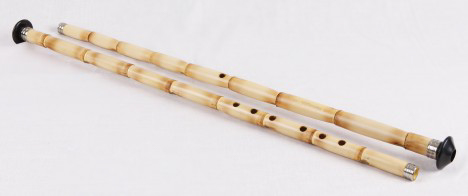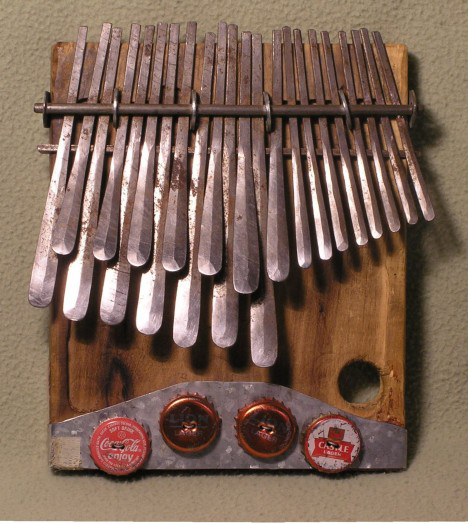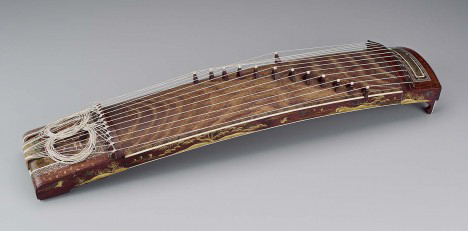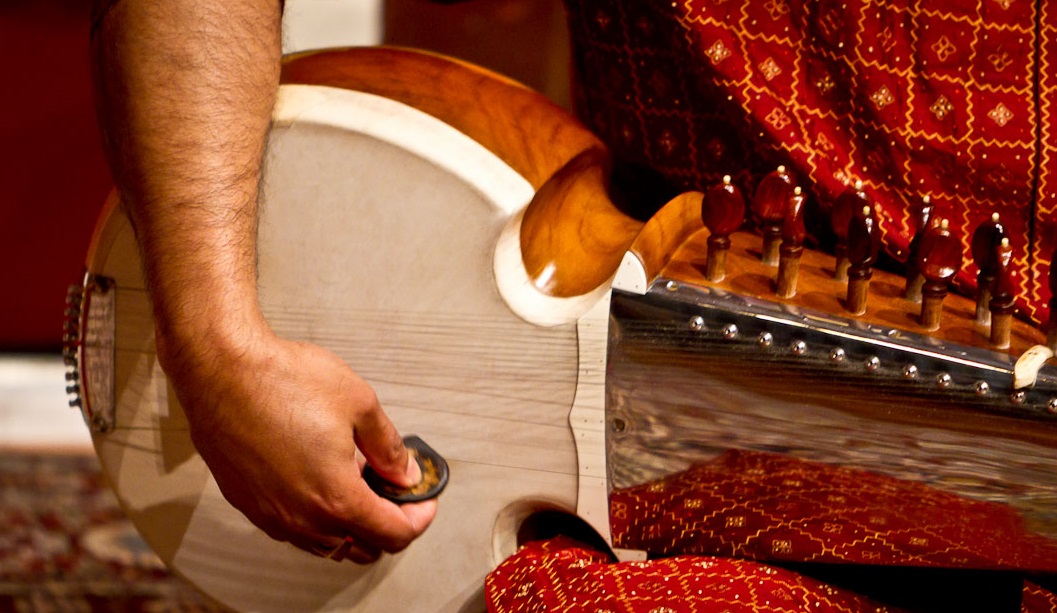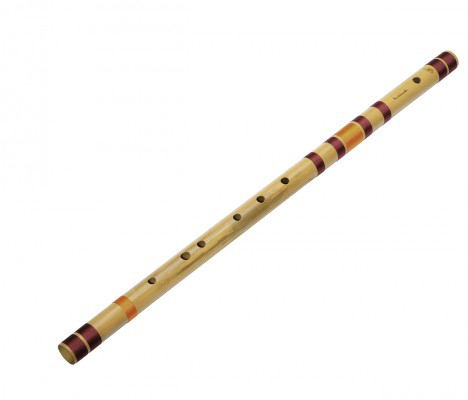Music is a form of art, entertainment, and ritual that has been explored across nearly all human cultures in recorded history. During the Rubin’s Spiral Music performance series, many instruments popular in the Himalayas and surrounding regions were put in the spotlight for visitors to discover. Previously, we introduced six unique instruments featured in Spiral Music performances. Here are six more to discover.
The tabla is a membranophone percussion instrument (similar to bongos). The instrument consists of a pair of hand drums of contrasting sizes and timbres.
The ney is an end-blown flute that figures prominently in Middle Eastern music. The ney has been played continuously for about five thousane years, making it one of the oldest musical instruments still in use. When you blow into a ney, the air bounces off one inner side of the flute and produces a unique and distinct sound that can be heard in this beautiful song.
The mbira is an African musical instrument consisting of a wooden board (often fitted with a resonator) with attached staggered metal tines, played by holding the instrument in the hands and plucking the tines with the thumbs.
The koto is a traditional Japanese stringed musical instrument. Koto are about 180 centimeters (71 in.) length, and made from kiri wood. The instrument is usually placed on a flat surface while the strings are plucked using three finger picks. Hear how it sounds.
The sarod is a lute-like stringed instrument of India. Along with the sitar, it is among the most popular and prominent instruments in Hindustani classical music. The sarod is known for a deep, weighty, introspective sound. The word sarod roughly translates to “beautiful sound” in Persian, one of the many languages spoken in Afghanistan. Watch a video of a sarod player.
The bansuri is a transverse flute of North Asia made from a single hollow shaft of bamboo with six or seven finger holes. In Hinduism, the Bansuri has a great cultural and religious significance due to association with Lord Krishna.

